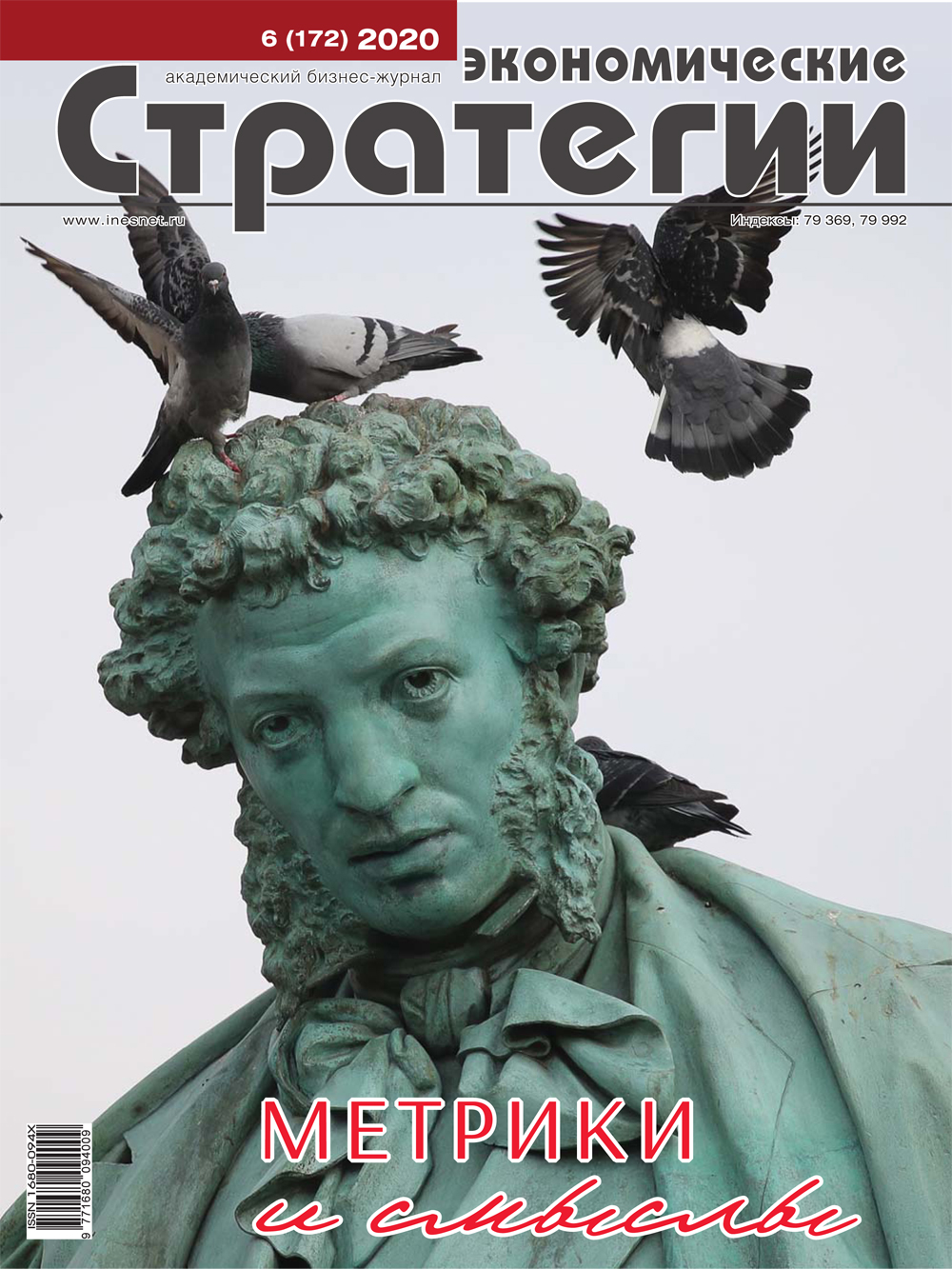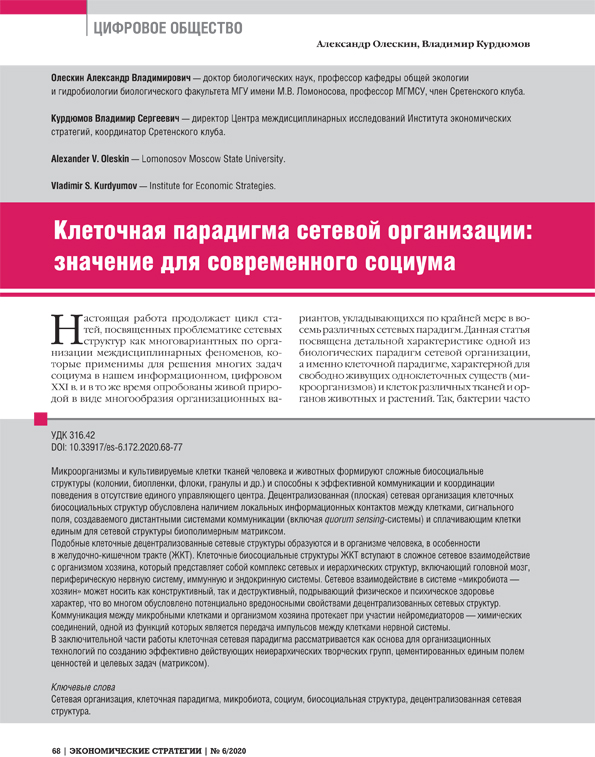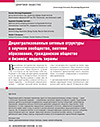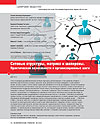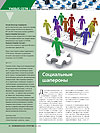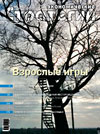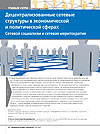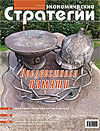Role of BRICS in the World Economy Development
DOI: 10.33917/es-2.194.2024.16-23
The authors propose a vector for developing BRICS as an operator of an intercountry digital platform complex (IDPC), within the framework of which international economic transactions are accelerated, simplified and cheapened. Simplification and acceleration occur due to the fact that the documents, required for transaction, are prepared by ICPC algorithms in accordance with the current legislation of the countries and international standards. Cost reduction is achieved by reducing transaction costs, international multilateral clearing, optimizing logistics costs, introducing an internal electronic platform currency for mutual settlements, etc. In this case BRICS, receiving a commission of about 0.5% from each transaction, becomes independent of the budgets of participating countries and a self-sustaining international organization with significant influence in the field of international economic cooperation, including performing the international arbitration functions.
References:
1. Oleskin A.V. Setevoe obshchestvo: ego neobkhodimost’ i vozmozhnye strategii postroeniya [Network Society: Its Necessity and Possible Strategies for its Construction]. Moscow, URSS, 2016.
2. Budanov V.G. Metafizika, ontologii i stsenarii bol’shogo antropologicheskogo perekhoda: Nauka i fenomen cheloveka v epokhu tsivilizatsionnogo Makrosdviga [Metaphysics, Ontologies and Scenarios of the Great Anthropological Transition: Science and Phenomenon of a Man in the Era of Civilizational Macroshift]. Moscow, Institut obshchegumanitarnykh issledovaniy, 2023, 748 p.
3. Oleskin A.V. Detsentralizovannaya setevaya organizatsiya nauchnogo soobshchestva. Perspektivy i problem [Decentralized Network Organization of the Scientific Community. Prospects and Challenges]. Moscow, URSS, 2021.
4. Shokhov A.S. Rol’ Rossii v konstruirovanii mirovoy ekonomiki XXI veka: The New World Economy [Russia’s Role in Designing the World Economy of the 21st Century: The New World Economy]. Artificial societies. 2023. Vol. 18. Iss. 3. URL: https://artsoc.jes.su/s207751800026948-1-1




